View of Telesterion, ancient Eleusis, Attica, Greece — Photo
L
2000 × 1232JPG6.67 × 4.11" • 300 dpiStandard License
XL
3605 × 2220JPG12.02 × 7.40" • 300 dpiStandard License
super
7210 × 4440JPG24.03 × 14.80" • 300 dpiStandard License
EL
3605 × 2220JPG12.02 × 7.40" • 300 dpiExtended License
Eleusis was one of the great shrines of antiquity. Its practices were based on two goddesses, Demeter and Persephone.
— Photo by lefpap- Authorlefpap

- 30082473
- Find Similar Images
- 4.5
Stock Image Keywords:
- shrines
- roman
- monument
- classic
- famous
- attiki
- Goddess
- Attica
- eleusis
- eleusian
- classical
- historic
- landmark
- Persephone
- elefsina
- panoramic
- sanctuary
- site
- ancient greece
- marble
- columns
- sightseeing
- tower
- europe
- touristic
- culture
- greece
- landscape
- Elefsis
- antique
- athens
- Hellenistic
- sky
- panorama
- tourism
- greek
- Mediterranean
- demeter
- stone
- ruins
- archaeological
- ancient
- temple
- attraction
- telesterion
- travel
- history
- mysteries
- archeology
- architecture
Same Series:


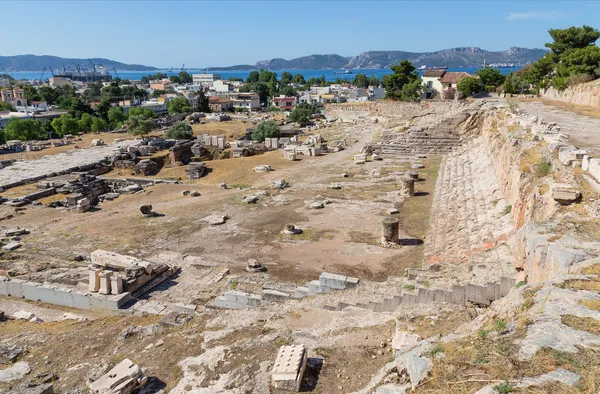

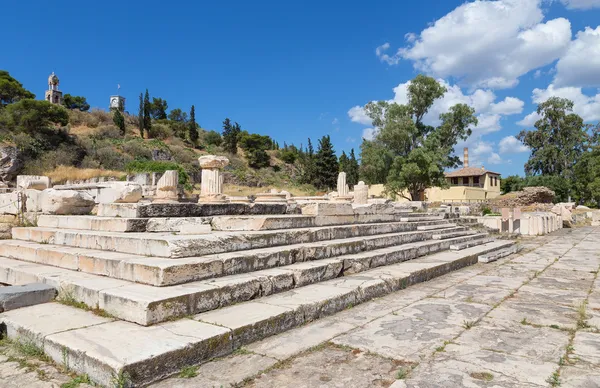
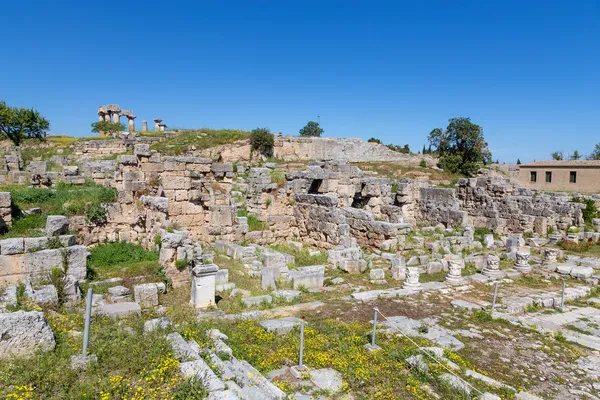




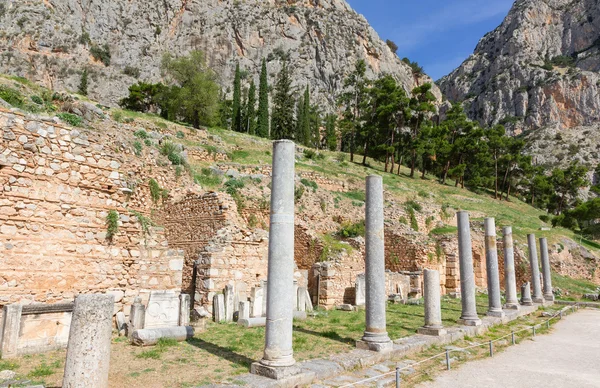


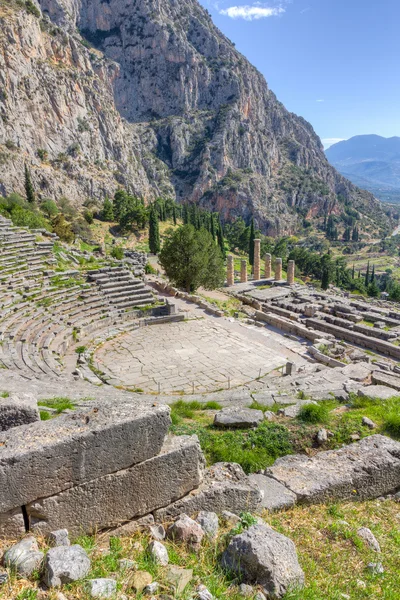
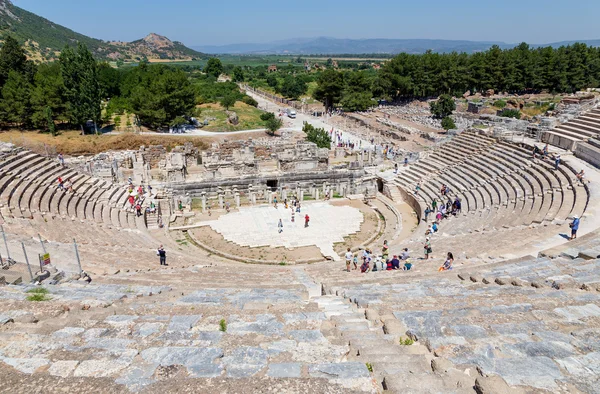

Similar Stock Videos:








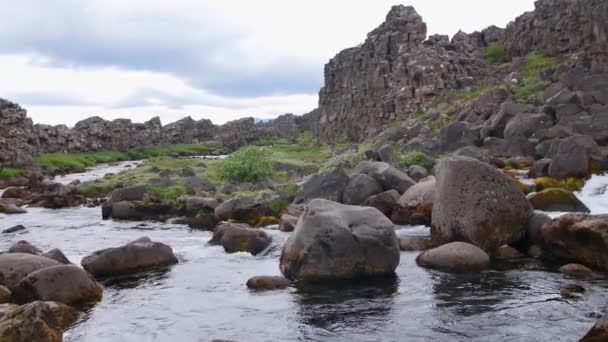
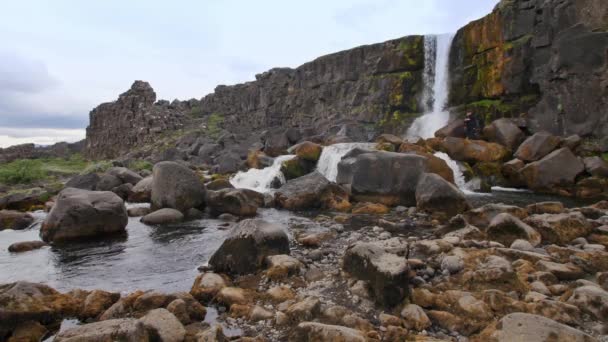
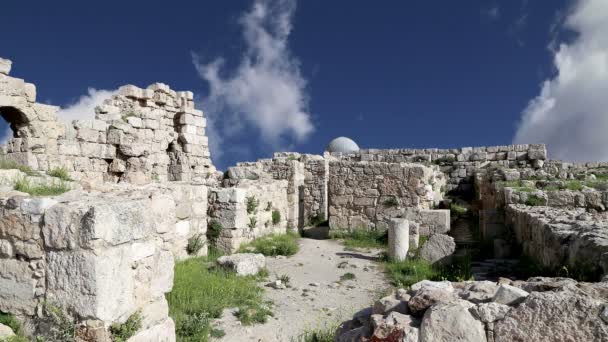
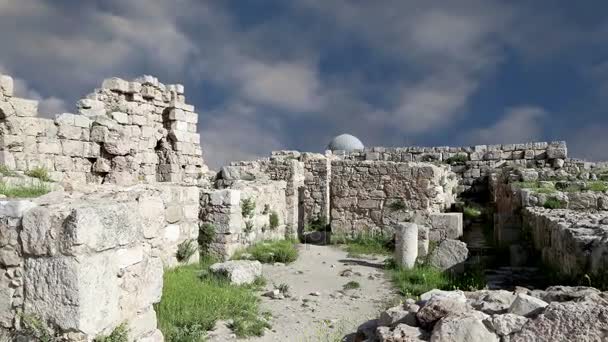
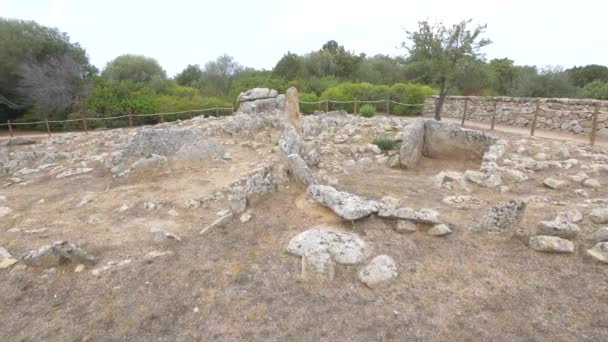
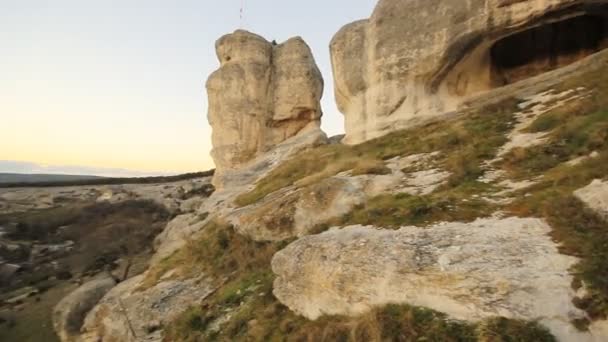
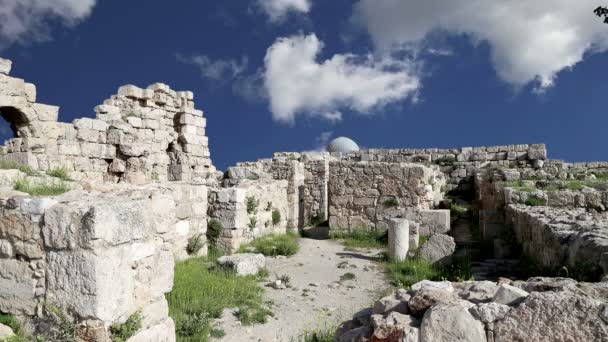
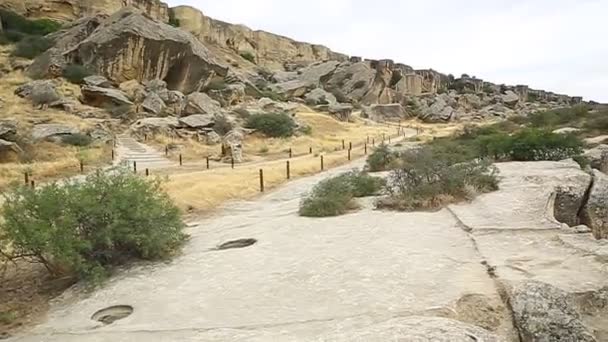
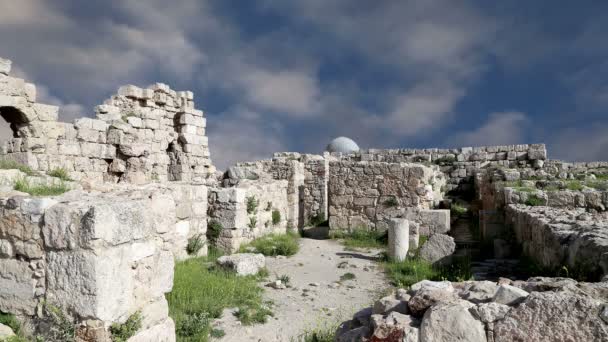

Usage Information
You can use this royalty-free photo "View of Telesterion, ancient Eleusis, Attica, Greece" for personal and commercial purposes according to the Standard or Extended License. The Standard License covers most use cases, including advertising, UI designs, and product packaging, and allows up to 500,000 print copies. The Extended License permits all use cases under the Standard License with unlimited print rights and allows you to use the downloaded stock images for merchandise, product resale, or free distribution.
You can buy this stock photo and download it in high resolution up to 3605x2220. Upload Date: Aug 20, 2013
